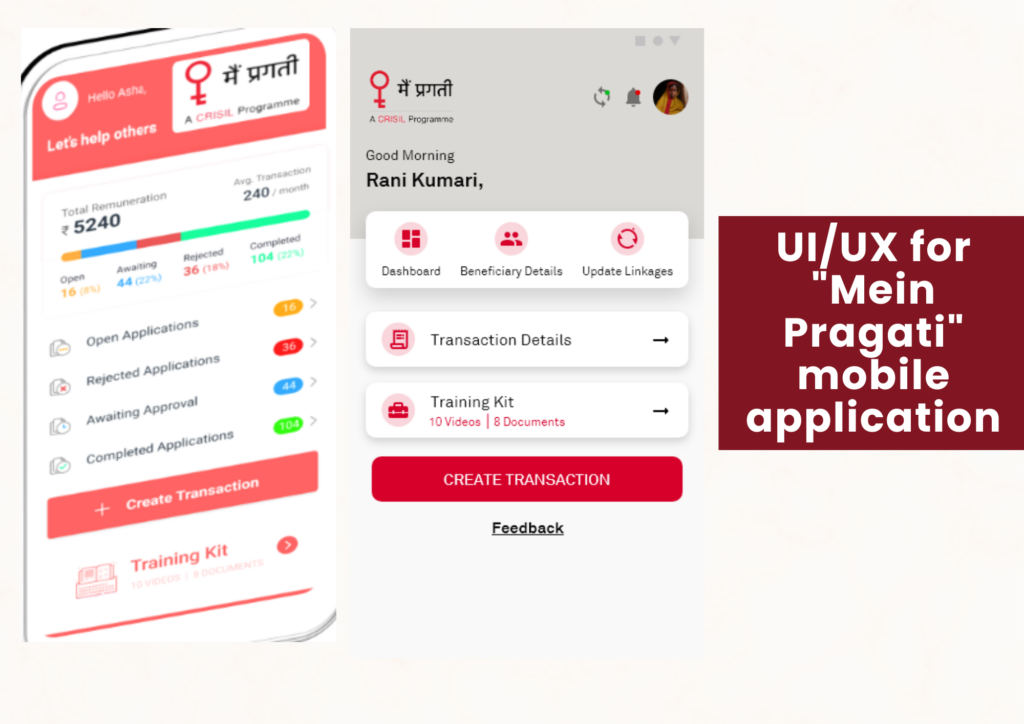
Exhibit 1: Your NGO/CSR is passionate about a cause. You pitch your people first program, go through the usuals right from pitching, due diligence, documentation, finalizing budget, approvals, and start working on the project to make it a success. Realizing the reach and quantum of the initiative, the requirement for a website, mobile application, and grant management tool springs up, and it is managed somehow. The series of challenges begin because UI/UX was not considered as an important aspect while forming the said resources.
The website has all the information, but it was a struggle to figure out the story, program details, mission and vision, and most importantly contact page. No proper navigation menu, cluttered content, poorly done infographics and data, haphazard order of elements, and long loading time were common for both the mobile app and grant management tool
The donors, funders, project implementation team, and field workers find the app and the grant management tool difficult to access. It fails to serve the purpose; instead of making the process lucid, it became time-consuming. And this is where UI/UX comes into the picture. Social impact organizations and non-profits need profound, to-the-point, simplified UI/UX for all their technical products.
UI/UX reads for User interface / User experience, and in layman’s terms, it is the interior design for your application or website. It helps your target audience gain a certain experience and reach their desired information through the right placement of content, layout, fonts, style, what goes where, on each page from the navigation bar.
Whether you are a CSR/funding agency disbursing and tracking grants on grant management tools like mGrant, or a non-profit using custom-built apps and data collecting tools like mForm, it works wonders for you when your audience engages with your initiative through tech, and optimized UI/UX design is the simplest way to it. A good UI/UX will help retain the old supporters and acquire a new ones. It is always better to achieve the best UI/UX in the first go by investing a little more time, resources, and effort. This will ensure smooth function and prioritize the projects for the communities better.

What all basics you should keep in mind while auditing your website/application for its UI/UX:
Understanding user needs
To create impactful websites and mobile applications, it is essential to first understand the needs and preferences of the target users. Conducting thorough user research enables UX designers to gather insights into the challenges faced by individuals, communities, and organizations in the social sector. This knowledge forms the foundation for designing intuitive and user-friendly interfaces that address specific pain points and deliver value.
Are all the pages dynamic and mobile-friendly? Is the load speed good or does it need any optimisation?
Simplifying complex processes
Think from the perspective of a new user who has no idea what your organization is, the key initiatives, mission and vision, values, donate and volunteer pages, leadership, etc. On visiting your mobile app or website, will they be able to access this information easily without any hassle?
Donation or grant management, due diligence, volunteer coordination, or resource allocation are the most common complex issues for social sector organizations to simplify.
UX designers can simplify these processes by breaking them down into smaller, more manageable steps. By employing clear and concise design elements, including well-structured forms, content hierarchy, logical navigation, and visual cues, users can easily understand and complete tasks, resulting in a more positive user experience.
Promoting accessibility and inclusivity
Accessibility and inclusivity are of paramount importance for social impact and development sector institutions. UX should ensure that the interface accommodates users with diverse abilities, devices, internet connectivity, and locations. This can be achieved through features such as scalable fonts, alternative text for images, keyboard accessibility, and disability support. Additionally, incorporating multilingual support and considering cultural nuances fosters inclusivity and expands mobile applications or websites to reach a broader audience.
Emphatical visual storytelling
Visual storytelling works as a powerful tool to reach people. Aesthetics are important, but equally essential to prioritize functionality too with UX. By utilizing compelling visuals, such as photographs and videos, the resource can evoke emotions and create empathy among users. Sharing success stories, showcasing the impact of donations or interventions, and highlighting the beneficiaries’ journeys can inspire users and influential stakeholders to engage more deeply with the cause and contribute to the mission.
Additionally, using CTA (call to action) for page redirection and following website accessibility guidelines is an unsaid rule.
Iterative design and continuous improvement
Flexibility and adaptability will always be the foremost requirement for an up-to-date UI/UX. Embracing an iterative design process that allows for continuous improvement based on user feedback and evolving needs is essential to stay topical with operations. Regular A/B testing, diverse user persona and interviews, and data analysis can provide valuable insights to refine and optimize the resource’s UX over time, ensuring its long-term effectiveness.
UI/UX Analytics
Behavior data can help in understanding what design changes work better to improve UX. Some of the most common metrics are session duration, pages per session, return traffic, and submission rate like form submissions to solicit donations, volunteers, program or newsletter signups, etc.
The most mainstream approach uses quantitative data to track progress as gathering qualitative information is time-consuming and expensive. Qualitative data can surely inform about the high bounce rate but can’t decipher if it is happening due to page format or sheer confusion, a user faces while accessing the page/ section.
Analytics tools like Google Analytics, Mixpanel, Adobe Analytics, Smartlook, and Hotjar will help tracking performance of pages, interaction, time spent, user journey, and overall growth. Analytics presents evidence for the vitality of any resources UI/UX design.
The need for positive change is ever-present in the social impact sector, UX design plays a crucial role in creating impactful mobile applications, dashboards, and websites. By understanding user needs, simplifying complex processes, promoting accessibility, utilizing visual storytelling, and embracing iterative design, UI/UX can contribute significantly to the success of social impact projects and initiatives. By creating user-friendly interfaces and enhancing the overall user experience, we can bridge gaps, and empower individuals and organizations to make a tangible difference in the communities.




